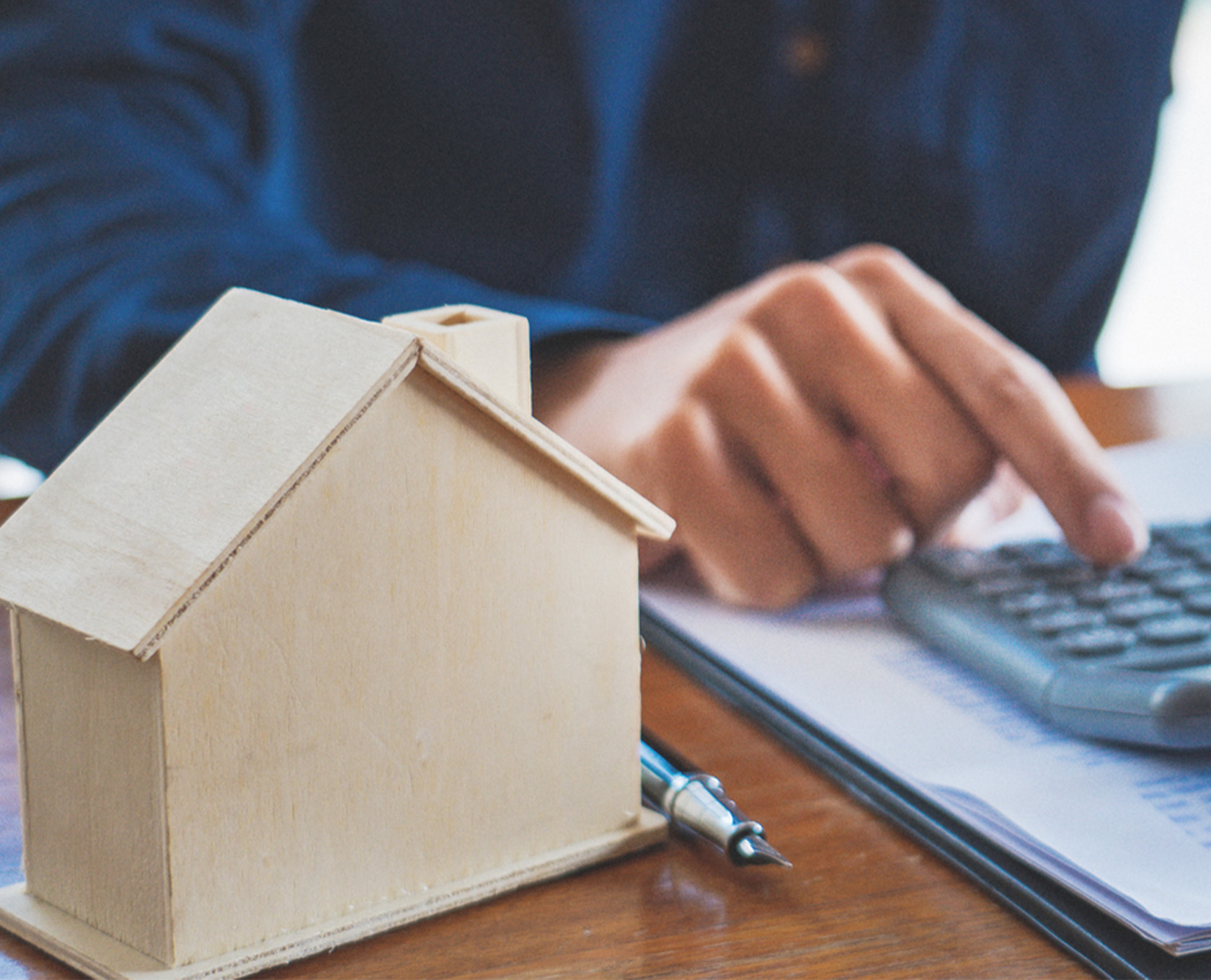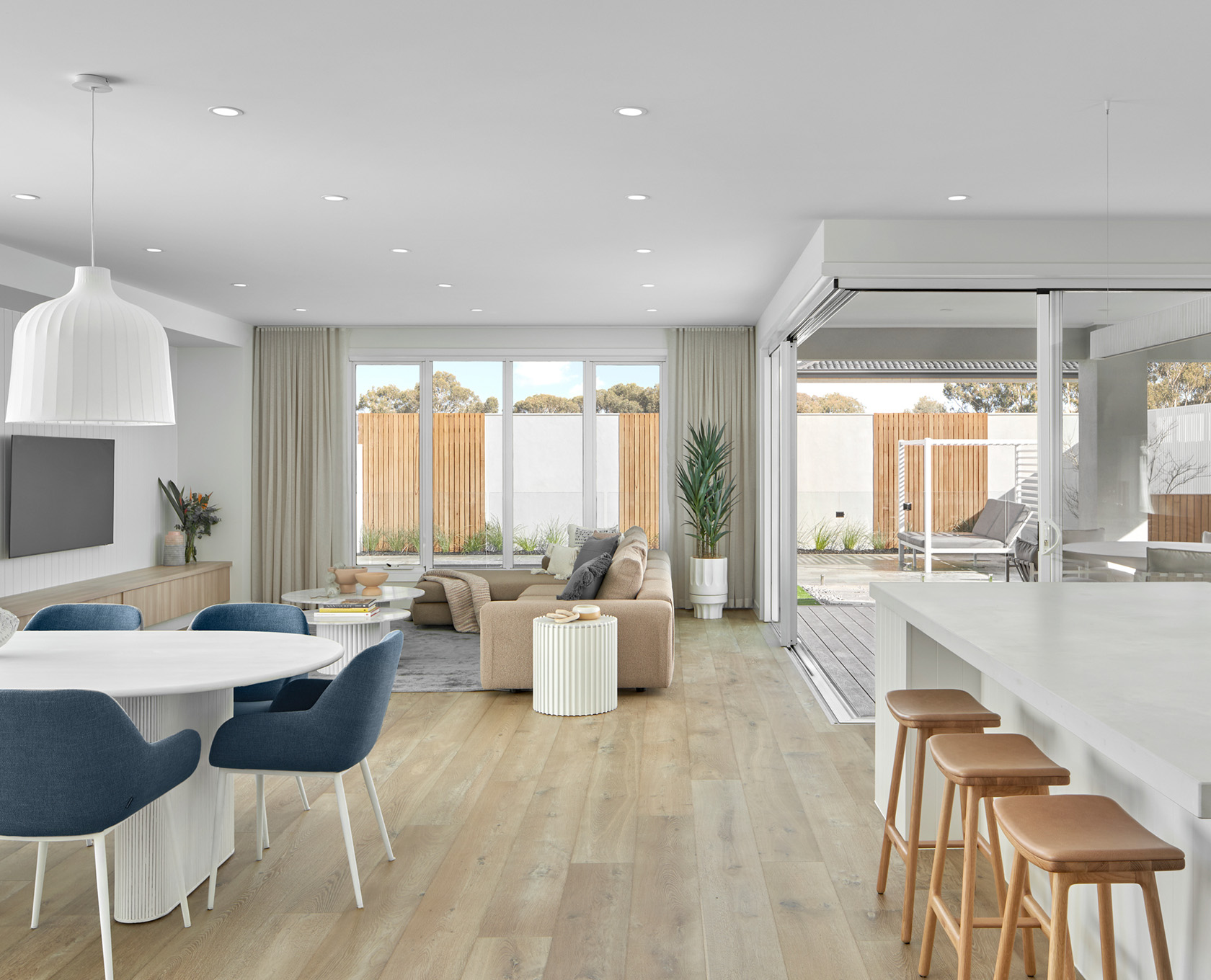Expert Insights: Mortgage Broker Interview with Steve Matsoukas
Industry News
Expert Insights: Mortgage Broker Interview with Steve Matsoukas
News

Earlier last year the state governments agreed to a new National Construction Code. One of the biggest changes in the code is higher energy efficiency requirements for newly built homes.
Previously, new homes had to have a six-star rating. Now that’s increased to seven stars.
What’s the star rating system?
The star rating system is the way the Nationwide House Energy Rating Scheme (NatHERS) assesses homes’ “thermal performance”.
You don’t have to use their system, but it’s really popular – about 90% of homeowners select it. In fact, it’s so well-accepted that the National Construction Code refers to it as the standard.
One of the reasons it’s so popular is that it’s pretty simple: a zero-star home is one whose shell (the walls, roof, etc) does very close to nothing to help you stay cool when it’s hot or warm when it’s chilly outside. A 10-star rated home is so efficient the owners may never need to use cooling or heating to stay comfortable.
What’s the rating based on?
The NatHERS ratings are based on a calculation developed by the CSIRO. The rating depends on things like how your home is layed out, which way it’s oriented, what the roof wall and windows are made from (and how they’re constructed), as well as whether your home has any shade.
When do we go from 6 to 7 stars?
We already have. In October 2022 the minimum requirements changed from six to seven. But it’s only voluntary at the moment. On the 1st of October 2023 it will become compulsory.
Is it only about energy?
The star rating system is all about thermal efficiency, which affects how much energy a home uses (and so what its carbon footprint is). But the National Construction Code changes have taken into account lots more than that.
One example is accessibility. Just as new homes must have a seven-star rating or higher from October 2023, they must also be required to incorporate at least seven elements that help people with a disability, older people and those with mobility problems. They include at least one step-free path into the home from the street, a toilet on the ground level of the home and stairways that reduce the likelihood of injury.
Not all states have agreed to this important change, but Victoria has.
How much more does a 7-star home cost to build?
That really depends.
Researchers at the School of Property, Construction and Project Management, RMIT University have looked closely at this and they said it’s difficult to be accurate about how much extra it would cost to build a 7-star rated home compared with a 6-star. For detached housing and townhouses it’s estimated that the average capital cost increase will be A$1,704 to achieve the higher standard.
Typically, the extra costs come down to materials such as double glazing to all windows and doors, solar panels and options to charge electric vehicles in the garage.
But capital costs are just one element of what RMIT calls the “whole-of-life cost” of a home. When you take that into account, a 7-star rated home will almost certainly save you money in the long run. That’s because it doesn’t need as much heating or cooling for the interior to stay at a comfortable temperature. Less need for air-conditioning (and more efficient air-conditioners) means less power use.
Rob McLeod, the Sustainable Housing Advocate at not-for-profit, Renew, recently told Domain that most new home builders will recoup their capital outlay very quickly.
“You’ll come out ahead after just 30 days. We calculated how much extra you’d be paying on that cost added to your mortgage at a 5 percent interest rate and the savings would still be more than that.”
And that’s all before we get to the increased resale value of a higher-rated home and the fact that many banks now offer lower mortgage rates for more sustainable homes.